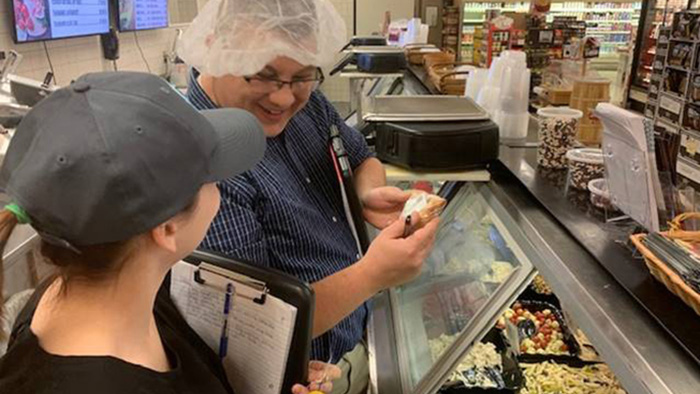Environmental Health
Food Safety
![]()

The Wood County Health Department is responsible for enforcing Ohio rules regarding food preparation and sales. This includes reviewing plans, licensing and inspecting restaurants, grocery stores, certain vending machines, and food stands at festivals and fairs. The Health Department also investigates reports of foodborne illness.
The Food Safety Program is primarily responsible to protect the community against foodborne illnesses resulting from health code violations and improper handling of food.
Plans for new operation construction and the remodeling of existing operations must be submitted to the Wood County Health Department for approval prior to construction work beginning.
Things We Do
- License and inspect all food service operations and retail food establishments
- License and inspect temporary food service operations and retail food establishments
- Approve plans for all new and renovated food-related facilities
- Investigate foodborne illness and reports of contaminated food
- Investigate customer complaints
- Investigate reports of food related violations
- Inspect vending machines that dispense food products
- Inspect micro-markets
